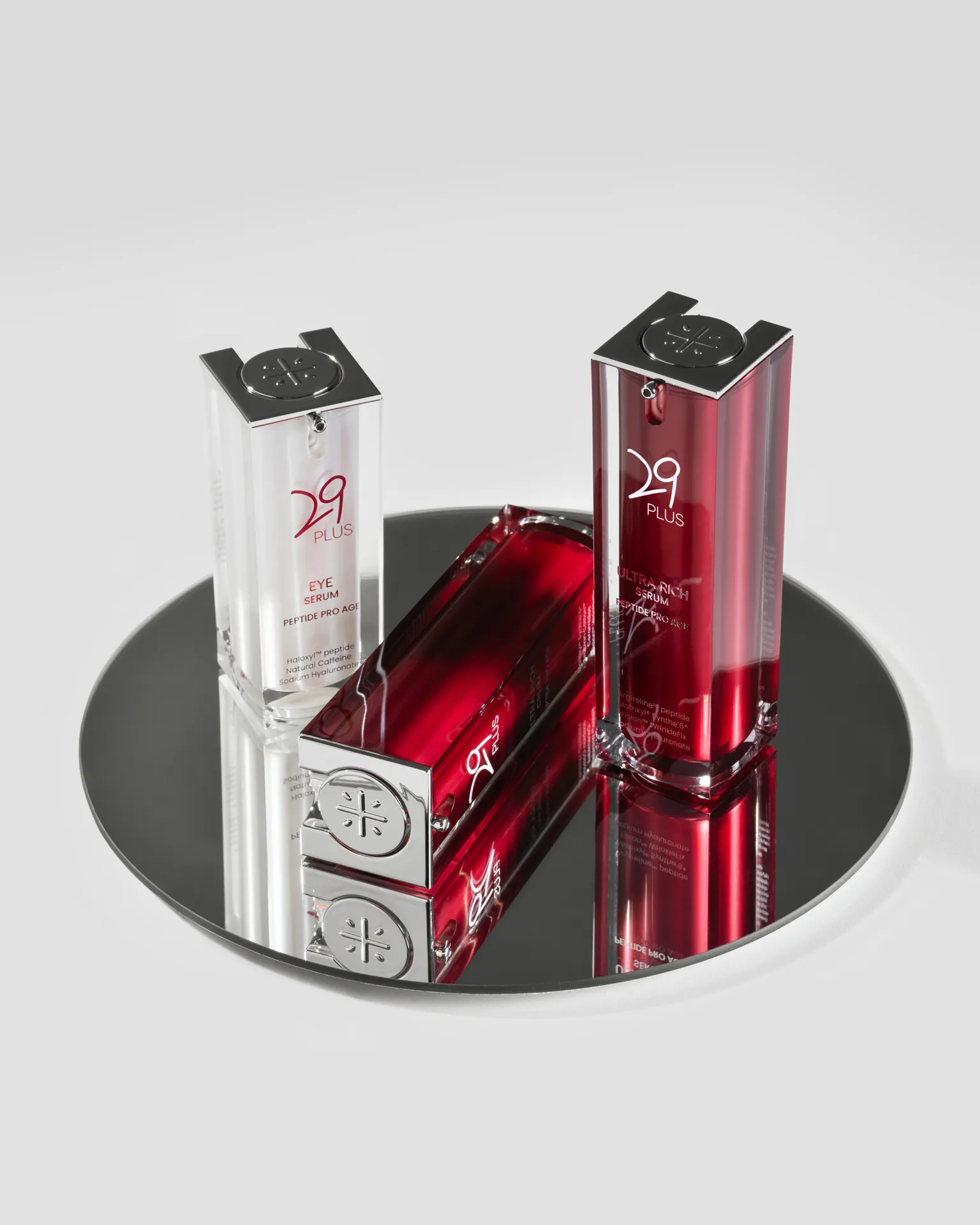Choosing the right skincare products starts with understanding your skin type. Using formulas that don’t suit your skin can lead to irritation, breakouts, or dryness. Your skin type can change due to factors like weather, hormones, and lifestyle, so regular assessment is essential. Knowing whether your skin is oily, dry, combination, sensitive, or normal will help you make better product choices. Find here ways to determine your skin type and find the best 29 PLUS skincare products.
Observe your skin without products:
Wash your face with a gentle cleanser and avoid applying any products for at least an hour. If your skin feels tight and flaky, you likely have dry skin. If there’s noticeable shine on your forehead, nose, and chin, you may have oily skin. Combination skin will have oiliness in some areas and dryness in others, while normal skin will feel balanced.
Use blotting paper:
Blotting paper can help determine how much oil your skin produces. Press it against different areas of your face, and then hold it up to the light. If it picks up oil from all areas, you have oily skin. If oil appears only in the T-zone (forehead, nose, and chin), you have combination skin. Little to no oil suggests dry or normal skin.
Pay attention to sensitivity:
If your skin frequently reacts to new products with redness, itching, or breakouts, you may have sensitive skin. Sensitive skin is prone to irritation from harsh ingredients, so choosing gentle, fragrance-free products is best.
Notice how your skin feels throughout the day:
If your face gets greasy by midday, it’s a sign of oily skin. Dry skin may feel tight or uncomfortable, especially after cleansing. Normal and combination skin generally remain balanced, though the T-zone may become slightly oily later in the day.
Examine your pores:
Large, visible pores are common in oily skin, while dry skin has smaller, almost invisible pores. Combination skin usually has larger pores in the T-zone and smaller pores elsewhere.
Consider seasonal changes:
Your skin type can change depending on the weather. Oily skin may become less greasy in colder months, while dry skin might worsen. Adjusting your skincare routine accordingly can keep your skin healthy all year.
